The Independent's journalism is supported by our readers. When you purchase through links on our site, we may earn commission. Why trust us?
Mattress buying guide: How to choose the best one for you
From open-spring to bed-in-a-box designs, you can rely on our expert advice when it comes to mattresses
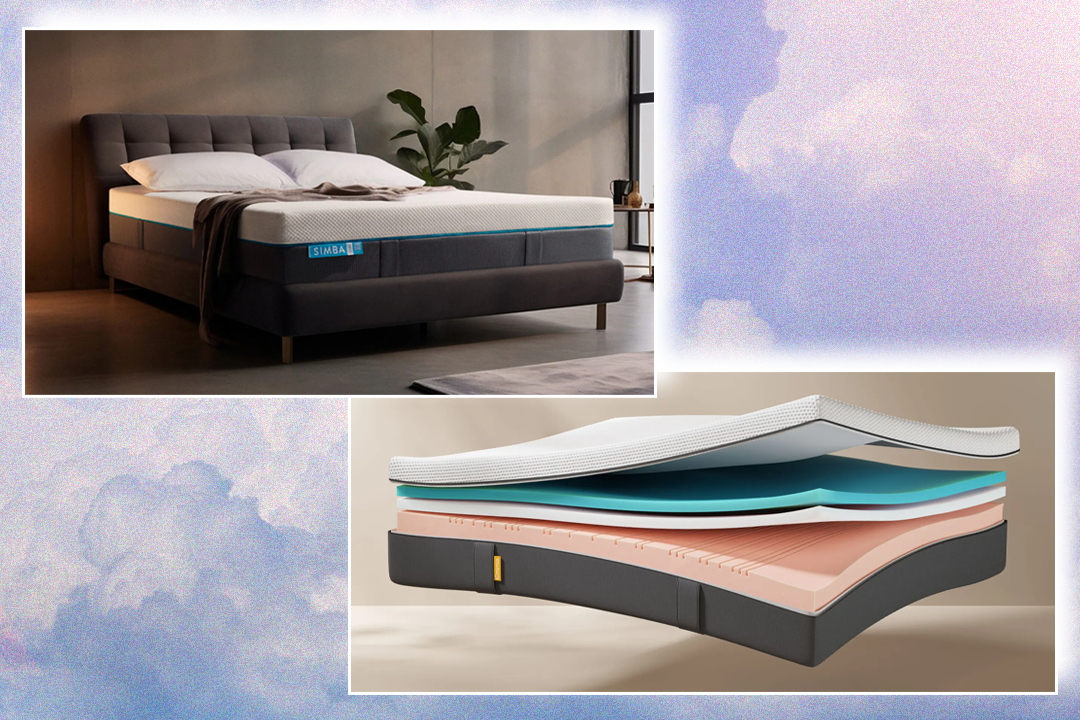
Your support helps us to tell the story
From reproductive rights to climate change to Big Tech, The Independent is on the ground when the story is developing. Whether it's investigating the financials of Elon Musk's pro-Trump PAC or producing our latest documentary, 'The A Word', which shines a light on the American women fighting for reproductive rights, we know how important it is to parse out the facts from the messaging.
At such a critical moment in US history, we need reporters on the ground. Your donation allows us to keep sending journalists to speak to both sides of the story.
The Independent is trusted by Americans across the entire political spectrum. And unlike many other quality news outlets, we choose not to lock Americans out of our reporting and analysis with paywalls. We believe quality journalism should be available to everyone, paid for by those who can afford it.
Your support makes all the difference.Getting a good night’s sleep is essential to staying happy and healthy. In fact, it can not only increase your concentration during the day but lower your risk of serious health problems.
A suppportive mattress is key but buying a new one without doing your research first can lead to sleepless nights and achy mornings. Plus, mattresses can cost anything from a few hundred pounds to thousands, so, you’ll want to make sure your chosen one is worth the investment before you buy it.
For more guidance, see our review of the best mattresses – a tried and tested guide of the very bestfrom the likes of Simba, Emma, Dormeo and more.
Here, however, we’ve put together everything you need to know before you hit the high street (or browse the web – online-only mattress companies are hugely popular), from the different types of mattresses to firmness levels and so much more.
Whether you’re a side sleeper or suffer from chronic back pain, read on to find out what option is best for you.
Types of mattress
Open-spring mattress: Also known as open-coil or continuous-coil mattresses, these contain one long piece of metal wire coiled into numerous springs. There’s also an additional border rod or wire to maintain shape and provide structure. It’s a great value-for-money option, although the sides are machine-stitched rather than hand-stitched, they are lighter than other models, making them easy to turn. They tend to be less supportive than other mattresses, so are most suited to guest bedrooms or as children’s beds, where they are used occasionally or will need to be replaced regularly anyway.
Pocket-spring mattress: This type of mattress is more luxurious, as it’s made from individual, small springs housed in their own pocket of fabric. This means each spring moves independently, providing more support than open-spring mattresses. You can buy soft, medium or firm versions, depending on your preference, and they are more breathable than memory foam or latex mattresses (ideal if you’re always getting too hot during the night).
These are heavy to turn, though, and can be filled with natural materials, such as lambswool, which may agitate allergies. This is a good option if you’re looking for a bed for two people, as the separate springs will cater for your different needs and weights, while they will also minimise the risk of you rolling towards your partner in the middle of the night.
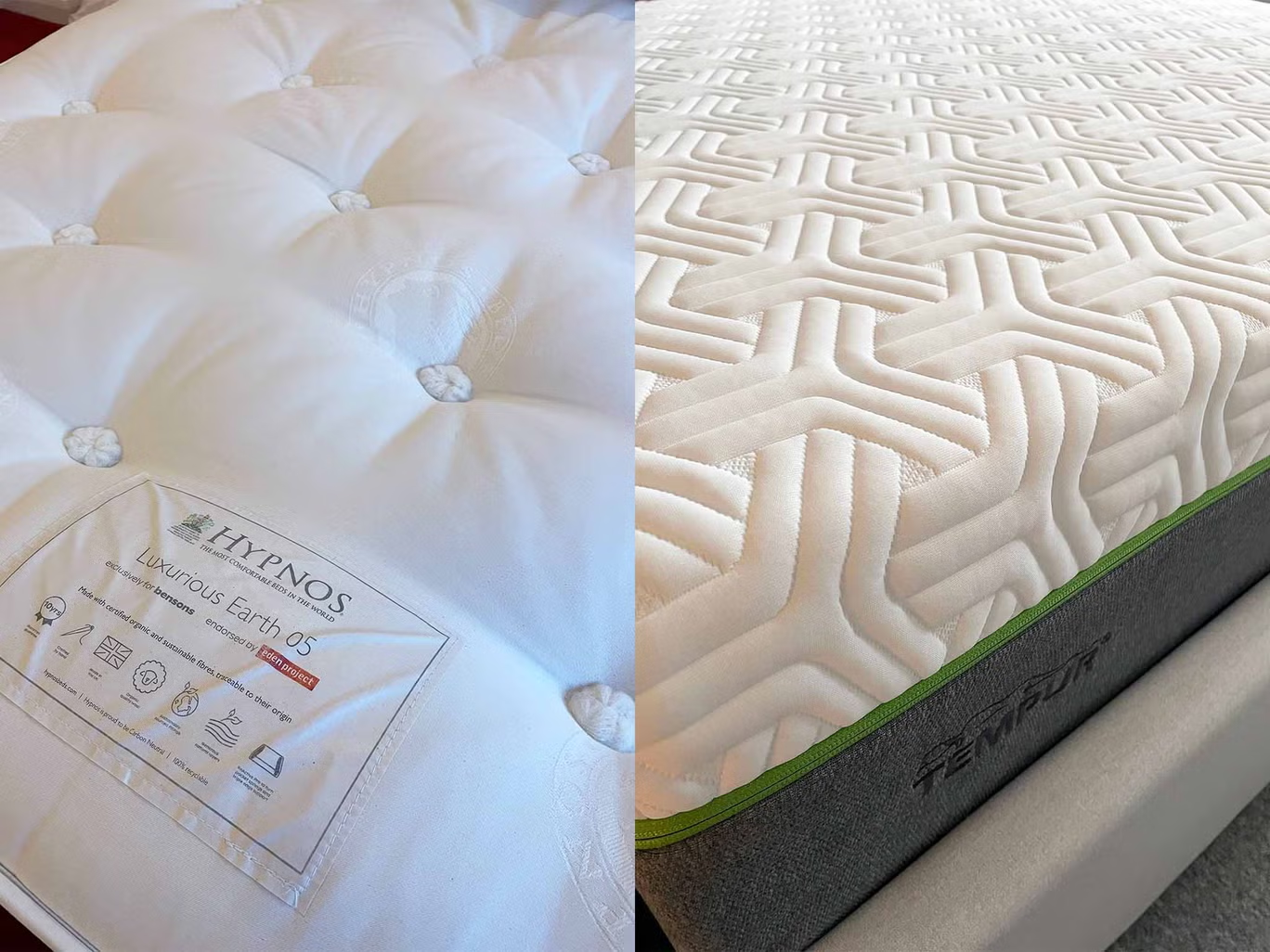
Bed-in-a-box: The game-changer of the sleep world, these mattresses have revolutionised the way we buy our beds. Casper, one of the first bed-in-a-box companies, launched in the UK in 2016 and its popularity has seen other brands, such as Simba and Emma, followed suit. The name refers to the delivery method; removing the painful task of visiting mattress shops and waiting weeks for delivery, these mattresses are ordered online and arrive within days.
Usually compressed and rolled into a box, there’s no need to “pivot!” like Ross and Rachel from Friends with one of these. Unravel the mattress and it will be ready to use within a few hours. They are usually made from foam or a hybrid between memory foam and springs.
Memory foam mattress: These more modern mattresses are made from memory foam, which is a mouldable material that also responds to temperature and weight, and has hypo-allergenic properties. This means it will mould to the shape of your body, absorb your weight and relieve pressure on your joints. Not everyone likes the sinking sensation of this type of mattress, and it can get rather warm, but it’s ideal for those who need support or suffer from a bad back, as it will maintain posture and align your spine horizontally when sleeping on your side.
Read more: Best pillows 2024, tried and tested for a great night’s sleep
Latex mattress: As the name suggests, these mattresses are filled with latex foam, which is an especially breathable material, so you won’t overheat in the middle of the night. It’s also extremely durable and should last for many years. It’s a good option for those with allergies or asthma. They can feel rather solid at first, though, so, they’re better suited to those who prefer a firmer bed. Usually heavy, latex mattresses can be difficult to turn and cheaper versions can develop lumps and dents over time.
Hybrid: Drawing from a combination of materials that usually include memory foam, latex and pocket springs, hybrid mattresses are designed to give a more balanced sleeping experience. They often come with a pocket-sprung base and a memory foam top layer, providing both comfort and support – alleviating aches and pains by responding to your body’s shape.
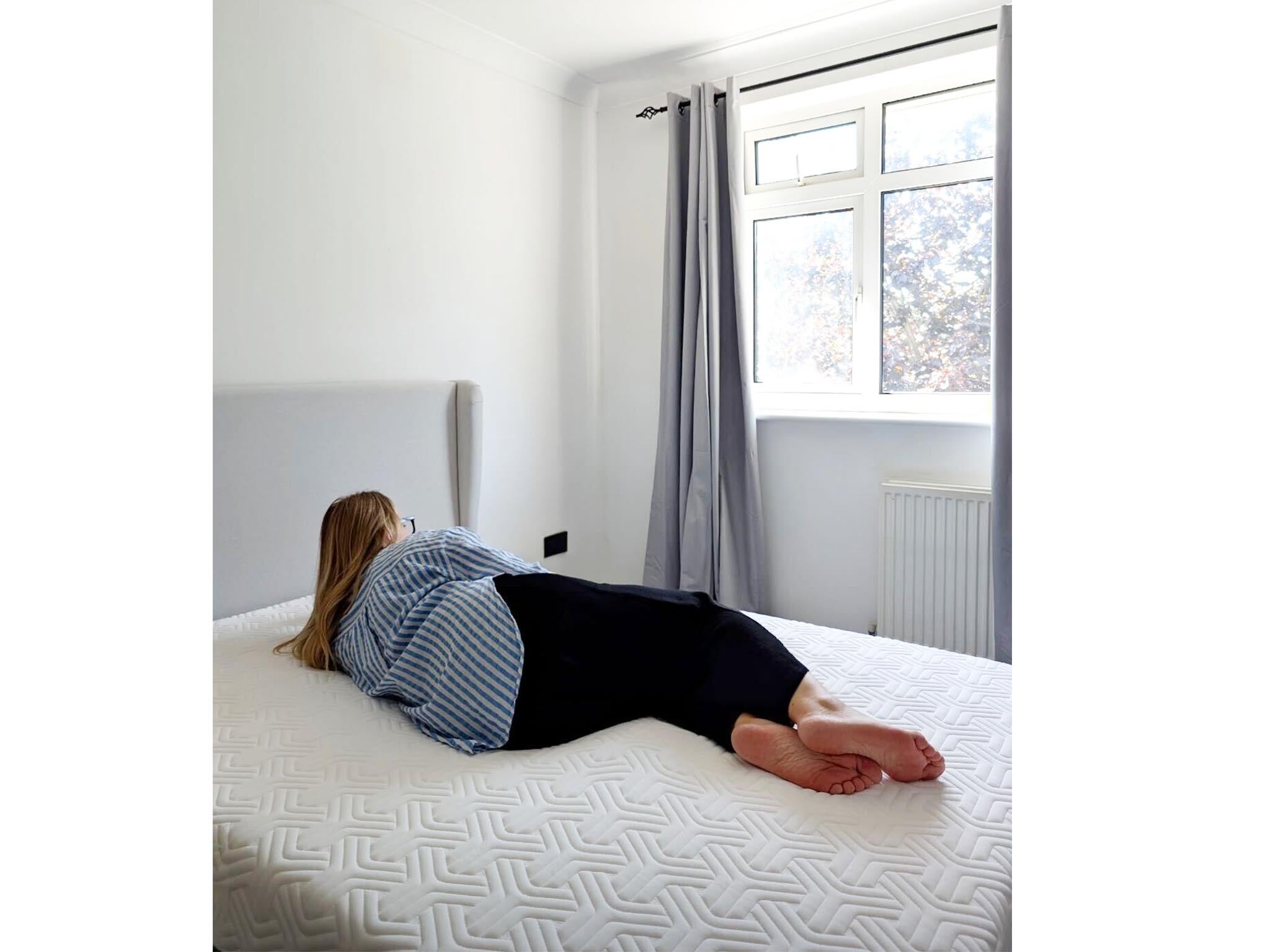
Continuous and coil: A popular budget option, a continuous-coil mattress is made from a single looped wire, while an open-coil mattress is made from single springs fixed together with one wire. These are significantly cheaper than other mattress types, but be warned that with the attractive price tag comes the likelihood of these mattresses wearing out and sagging quickly. These mattresses also move around a lot with you as you sleep – as they are designed as one unit – so, if you or your partner tosses and turns in the night, we’d suggest you consider other options.
Mattress sizes
These are the UK standard sizes for mattresses:
- Small single: 75cm x 190cm
- Single: 90cm x 190cm
- Small double: 120cm x 190cm
- Double: 135cm x 190cm
- King size: 150cm x 200cm
- Super-king size: 180cm x 200cm
- Emperor: 200cm x 202cm
- Large emperor: 215cm x 217cm
Mattress firmness
How firm your mattress is will affect how well you sleep. The type of firmness you need will depend on your sleeping position, height and weight. Here, we explain what level of firmness is best for what type of sleeper.
Soft: Side sleepers or those who change positions during the night are best suited to soft mattresses. This is because the way you sleep already relieves pressure from your spine, so you want your mattress to mould to your body’s natural position.
Medium soft: This is ideal for those who change their sleeping position during the night, as it will still mould to your body position but provide a little more support.
Medium firm: This is best for people who sleep on their back, as they’ll require extra lower-back support, which this type of firmness offers.
Firm: This type of mattress is ideal for those who sleep on their front, are over 15 stone or suffer from back pain. This is because it will keep your back in a relatively comfortable and stable position without allowing you to sink into the mattress as you sleep, which can cause lower back pain.
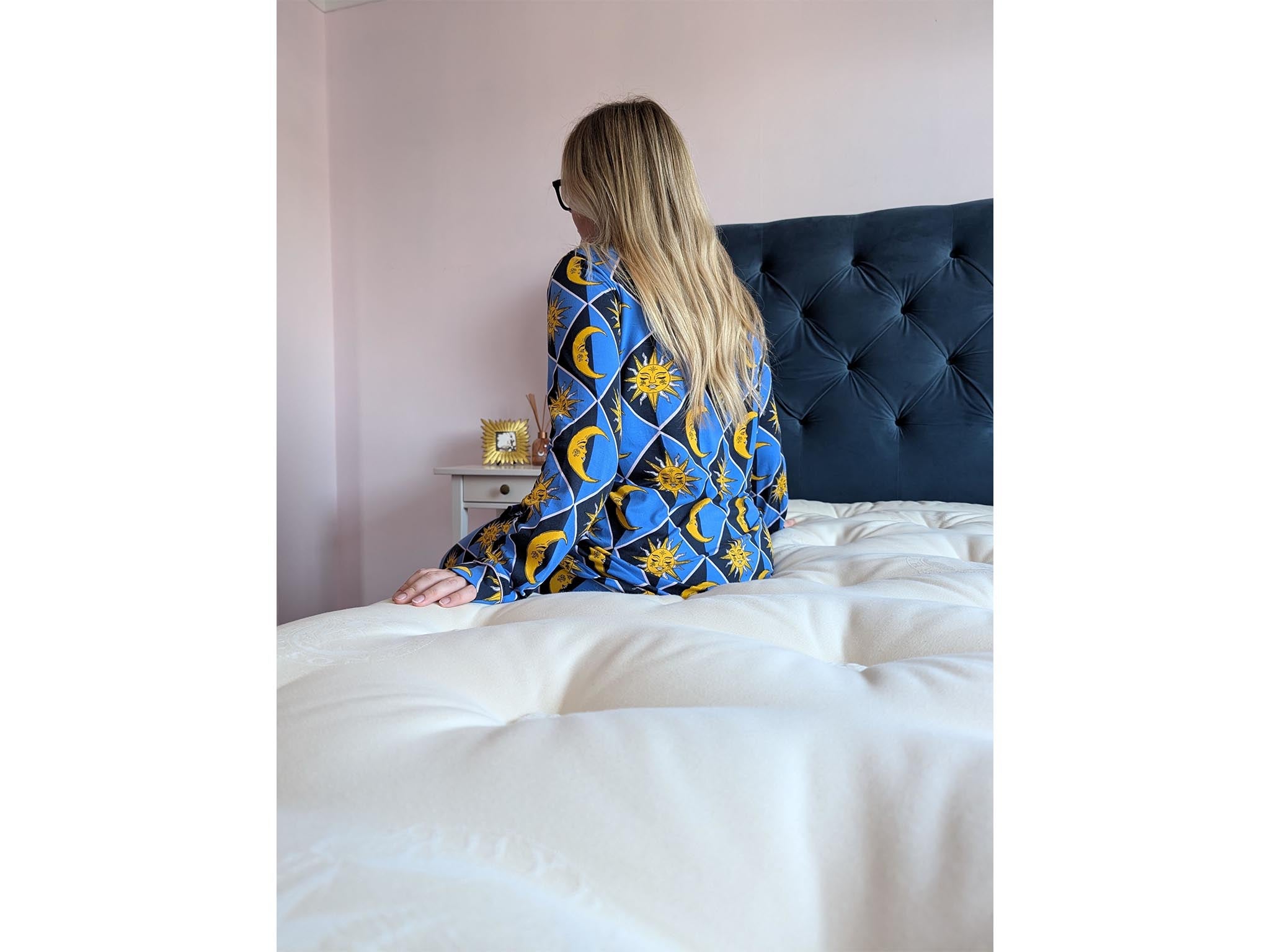
How should you sleep while pregnant?
During your first trimester, you’ll often feel sleepy and want to nap. It’s important you get the rest you need so sleep in whatever position feels most comfortable, including on your front or back.
In your second trimester, you’ll feel the baby’s weight more, which can feel uncomfortable and put extra pressure on certain areas of your body. This is when a soft mattress will help, while your bigger bump means the recommended position to sleep in is on your left side, as sleeping on your back will cause your bump to press against a main blood vessel, which may cause you to feel faint.
During your third trimester, your lower back may be a source of pain as it supports your baby’s increasing weight. To ease this, continue to sleep on your left side and with a pillow under your head, between your knees and under and around your bump, to ease discomfort and take pressure off your muscles and hips. We’ve also reviewed pregnancy pillows to help mums-to-be sleep – where the Purflo breathe pregnancy pillow (£59, Amazon.co.uk) took the top spot.
Read more: Best pregnancy pillows that provide support
What mattress do you need if you suffer from joint or back pain?
A good mattress needs to give support and comfort, and that includes for those who suffer from back problems.
Although a firm mattress is recommended by some retailers, you should always look for a mattress that keeps your back aligned while sleeping and relieves pressure points along your spine and joints. This has a lot to do with your weight (the heavier you are, the firmer your mattress should be), so it’s best to try a mattress before you buy – many online retailers now offer a trial period where you can return the mattress and get your money back if you don’t think it’s right for you.
The pillow you use will also affect your sleeping position and back alignment, so make sure you pick one that suits your needs. Take a look at our pillow reviews to find out more – for a quick recommendation, though, the Panda London hybrid bamboo pillow (£80, Amazon.co.uk) was the favourite.
Mattress care
Once your mattress is delivered, make sure you let it air for at least four hours. This will remove any storage smells of damp or cold. Ideally, the mattress should then be aired weekly by removing the bed linen. Remember to turn your mattress regularly, too. This will stop dips from forming and your weight altering part of the mattress, causing uneven sleeping.
Having a mattress protector will also help keep your mattress clean, prolonging its life. This is a sheet that goes on before your bed linen (and mattress topper) to protect your mattress from any stains or dirt.
You should aim to replace your mattresses every eight to 10 years. This is not only for hygiene reasons but because it will soften over time, reducing the support it gives you. If you feel sore when you wake up or you find you sleep better in other beds, it’s time for a change.
Read more: Best mattress protectors
Mattress toppers
A mattress topper is an extra layer of cushioning that goes over your mattress before you put your bed sheets on. They provide additional support and comfort, while also making your bed feel more luxurious and cosy. You can pick from a variety of materials: goose feathers, polyester, cotton and wool to name a few. If you’re looking for one to complete your bed, take a look at our guide to the best mattress toppers for our tried and tested recommendations. It was the M&S comfortably cool mattress topper (from £69, Marksandspencer.com) that took the top spot in the review.
Read more: Best mattress toppers 2024
IndyBest’s Best Buy mattress
Simba hybrid luxe mattress, double: £1,799, Simbasleep.com
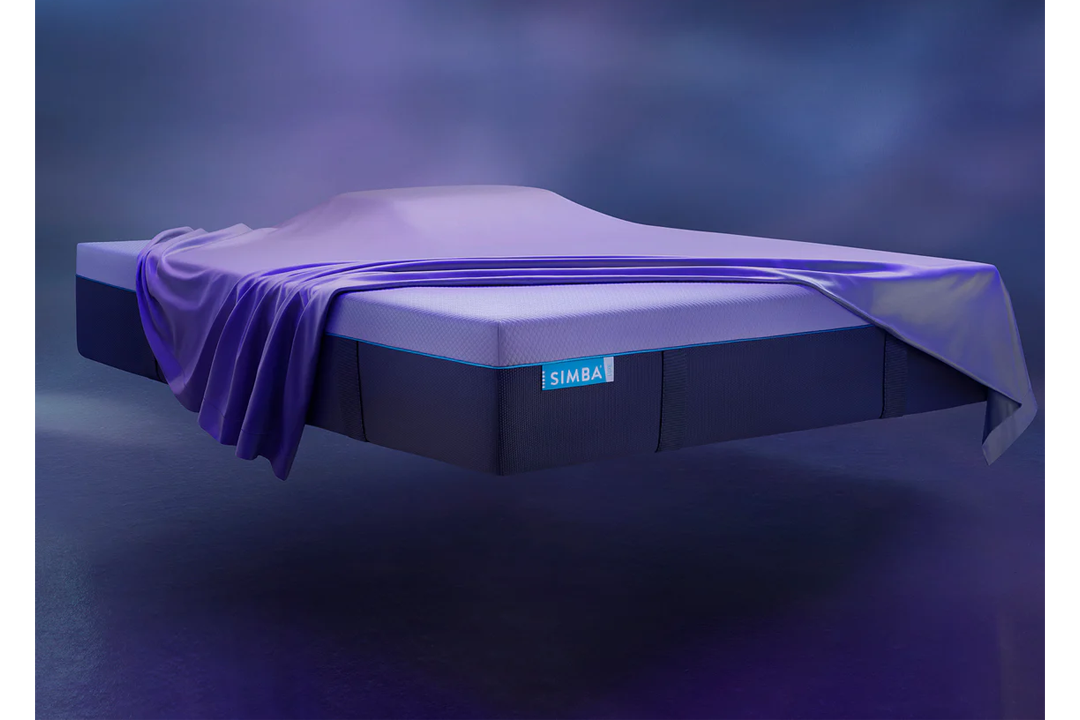
- Sizes available: Single, small double, king, super king and EU queen
- Type: Hybrid
- Trial period: 200 nights
- Guarantee: 10 years
- Rotate or turn: Rotate
Securing the top spot in our tried and tested review of mattresses, Simba’s hybrid design seriously impressed our reviewer. With 11 layers, it’s super robust. There’s a foam base with recycled fibres; a bamboo and wool layer, which promotes temperature regulation; and an open cell foam section for airflow.
“Meanwhile, the 14,000 titanium springs, which offer support, are nestled into two sections, including a foam element to prevent any digging in,” our tester said. They also like that the top anti-allergy cover layer can be removed and machine washed.
“Having spent more than six months sleeping on this mattress, we found it offers the ideal balance between a firm and medium sleeping base,” they added. Better yet, it’s still breathable and feels fresh. “The layers work well together, and we’ve seen improved sleep, thanks to the coolness it offers during warmer months and increased cosiness seen in the autumn and winter.”
Plus, our tester is a side and back sleeper and found it offers support for joints prone to aches. While the layers do mean this mattress is both high (31cm) and heavy to manoeuvre, our reviewer thought the solid composition created a premium feel that matched the price point.
Voucher codes
For the latest offers on homeware, try the links below:
Looking for more help? Read our review of the best mattresses